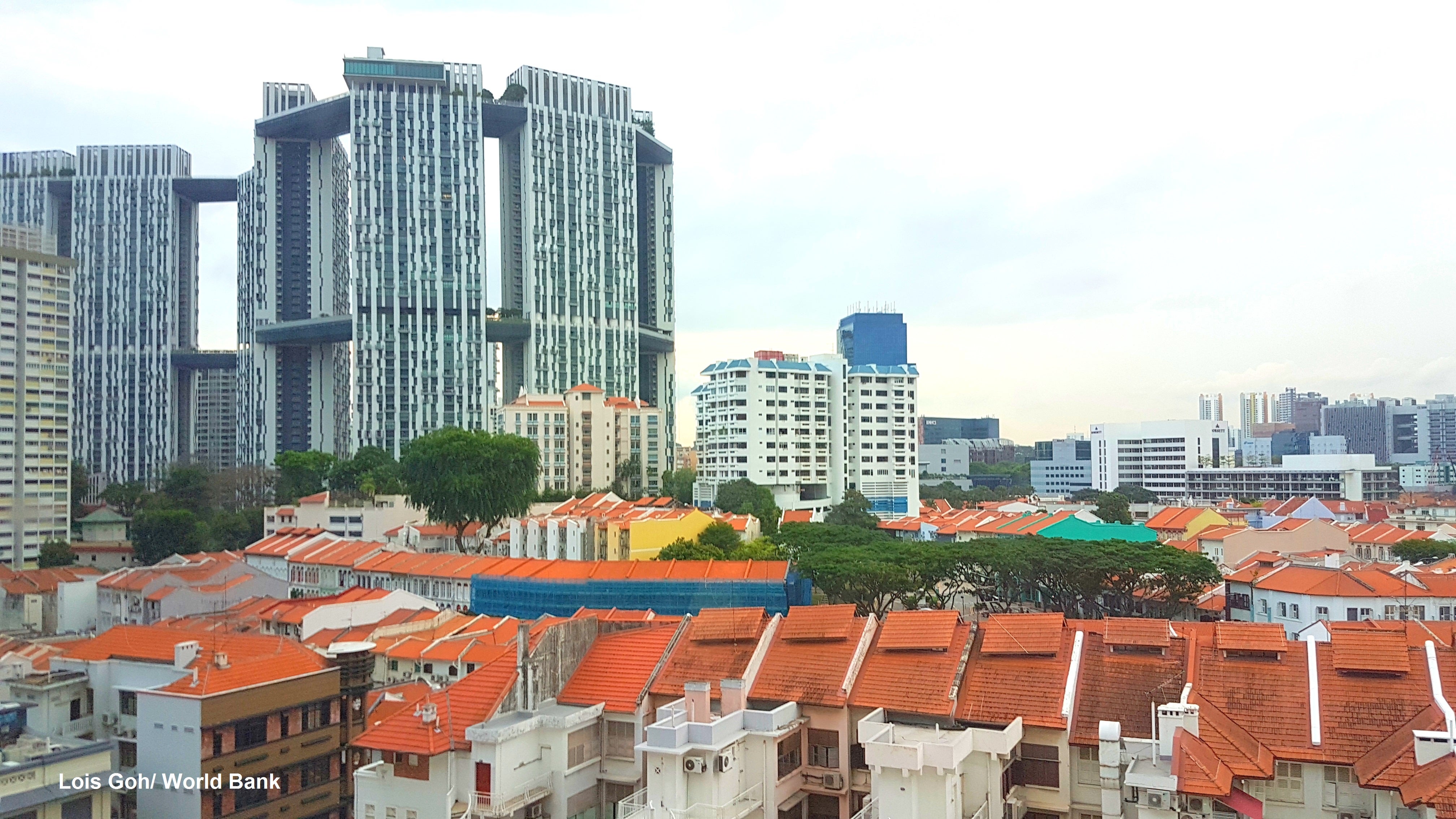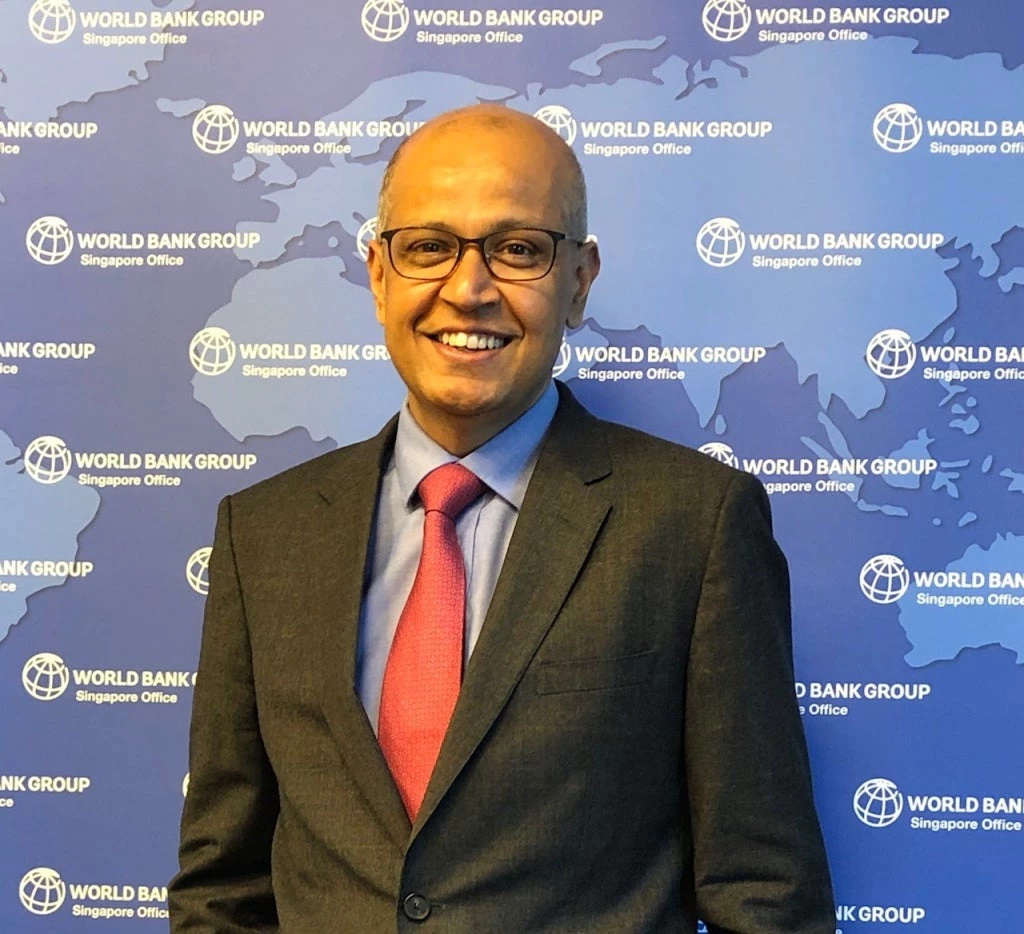
As we approach the 9th World Urban Forum in Kuala Lumpur next week, one of the essential challenges in implementing the New Urban Agenda that governments are struggling with is the provision at scale of high quality affordable housing, a key part of the Sustainable Development Goal (SDG) 11 of building sustainable cities and communities.
When I worked on affordable housing in Latin America, one consistent piece of advice we would give our clients was that it is not a good idea for governments to build and provide housing themselves. Instead, in the words of the famous (and sadly late) World Bank economist Steve Mayo, we should enable housing markets to work. Our clients would always respond by saying, “But what about Singapore?” And we would say the Singapore case is too sui generis and non-replicable.
[Learn more about the World Bank's participation in the World Urban Forum]
Now, having lived in the beautiful red-dot city state for two and half years, and seeing up close the experience of public housing in Singapore, one is struck by elements of the Singapore housing experience that are striking for its foresight and, yes, its replicability!
Singapore’s governing philosophy has famously been described as “think ahead, think again and think across.” Nowhere is this more apparent than how the founding fathers designed the national housing program, and how it has adapted and evolved over the years, responding to changed circumstances and needs.
It is hard to believe today but in 1947 the British Housing Committee reported that 72% of a total population of 938,000 of Singapore was living within the 80 square kilometers that made up the central city area. When Singapore attained self-government in 1959, only 9% of Singaporeans resided in public housing. Today, 80% of Singaporeans live a government built apartment. There are about one million Housing and Development Board (HDB) apartments, largely clustered in 23 self-contained new towns that extend around the city’s coastal core.
How has Singapore succeeded where so many other countries have failed dismally? At the risk of over-simplification, there seem to be four essential ingredients to this astonishing success story:
Recent research by the Stanford economist Raj Chetty and others have underlined what many urban professionals long suspected, that, in the quest for the design of inclusive and sustainable cities, the careful bottom-up design of neighborhoods matters a lot!
Poorly designed public housing in cities ranging from the infamous projects in the New York and the banlieues of Paris have resulted in creating poverty ghettoes that intensify and amplify inequalities and fuel social unrest. Many of these have had to be demolished.
Singapore got this fundamental fact right early on. Housing estates are carefully designed with mixed-income housing, each having access to high-quality public transport and education, and the famous Singapore hawker centers where all income classes and ethnicities meet, socialize, play, and dine together on delicious and affordable food. At least two such hawker stalls have a Michelin star!
The apartment blocks are designed to encourage the “ kampong” (social cohesion) spirit with the “void decks” (vacant spaces on the ground levels of the HDB blocks) and common corridors (common linked spaces that provide access to individual units on the same floor) that foster interactions between neighbors.
[Click here for a wonderful talk by Deputy Prime Minister Tharman Shanmugaratnam on the principles of design of inclusive neighborhoods in Singapore.]
2. The smart use of urban density.
From the very beginning, Singapore planners, constrained by the limited availability of land, chose to build up. As a result, this is one of the densest cities in the world. Yet it constantly scores amongst the highest in city livability rankings.
This has been done by carefully designing the height and proportion of buildings in relation to one another. Dr. Liu Thai Ker, the legendary Singaporean urban planner, compares this to a chess board where no two pieces are of the same height.
Buildings are also interspaced with high quality green open spaces. Since the very beginning, Prime Minister Lee Kwan Yew laid the highest emphasis on Singapore being a garden city.
3. An integrated approach to housing— from planning and design, through land assembly and construction, to management and maintenance.
The Housing & Development Act (1960) gave the Housing and Development Board, as the apex housing agency, the lead role across the housing value chain. In most countries, access to land for affordable housing is a critical constraint. In Singapore in 1967, the Land Acquisition Act empowered the country to acquire land at low cost for public use.
Today, 90% of land is owned by the state as opposed to 49% in 1965. Great emphasis is placed on standardization and efficiencies in construction management.
For example, merit stars were awarded to contractors who performed consistently well—for every merit star earned, the contractor would enjoy a 0.5% bidding preference when tenders were evaluated. In 1982, a “Core Contractor Scheme” was introduced under which contractors with a minimum paid-up capital of S$500,000 and a minimum of five stars attained from the “Merit Star Scheme” are offered a guaranteed annual workload for a fixed number of years.
Mention the term “public housing” or “housing estate” and the vision that comes to mind is one of decrepit, poorly maintained ghettoes. Singapore housing estate are as far as you can get from this dystopian vision. They are immaculately maintained. In 1989, Town Councils were introduced to empower local elected representatives and residents to run their own estates. Today, there are 16 Town Councils managing the HDB housing estates in Singapore.
4. Long-term and strong political commitment.
Harvard economist Ed Glaeser once said that economics offers tactics not strategy, which means that politics must decide what level of support, say, public housing, will receive. Only then can economics advise the most efficient way to provide this support. The popular and political support for public housing in Singapore is strong and stable. And this has meant a high level of public subsidies to HDB (in 2017 this was S$1.19 billion).
Did I miss any essential element in the Singapore story? How replicable do you think this experience is to other countries? I would love to hear your views.
Related links:
- Subscribe to our Sustainable Communities newsletter and Flipboard magazine
- Follow @WBG_Cities on Twitter



Join the Conversation